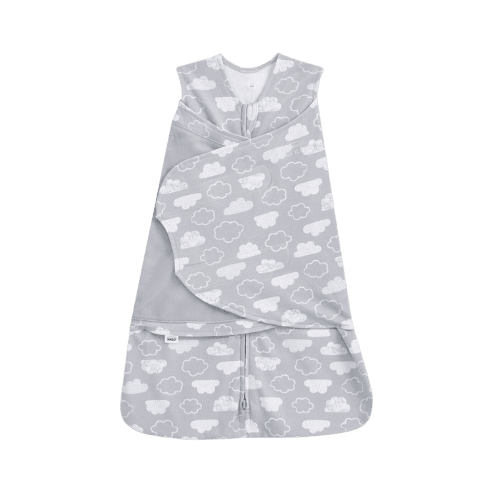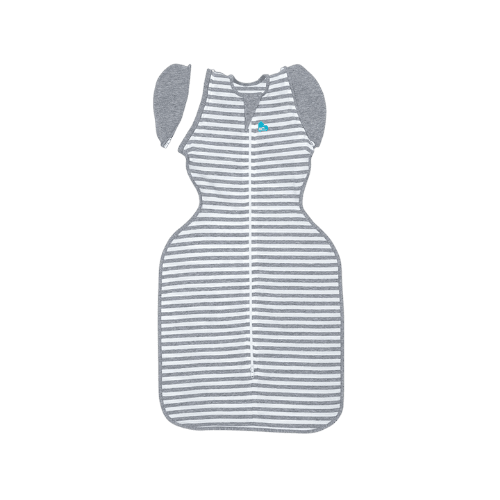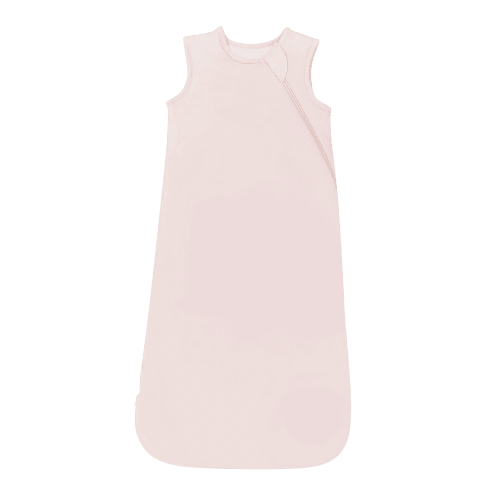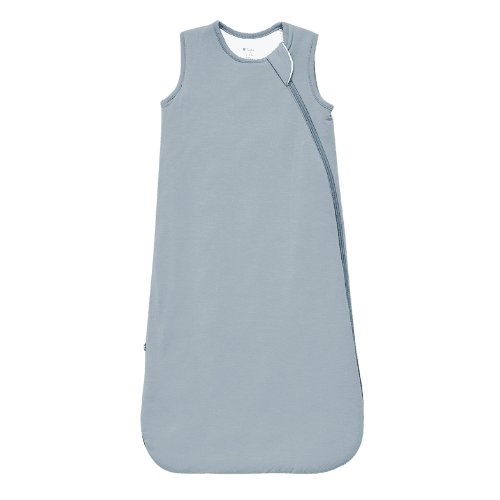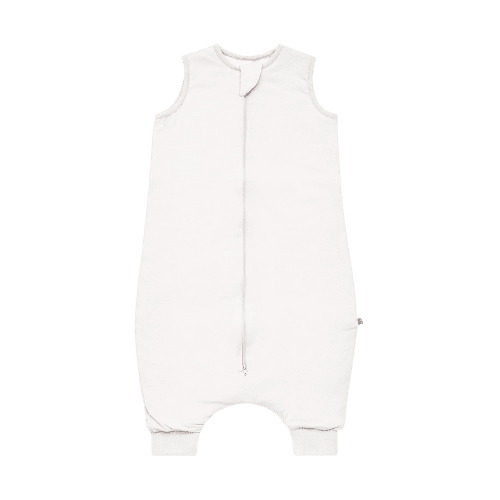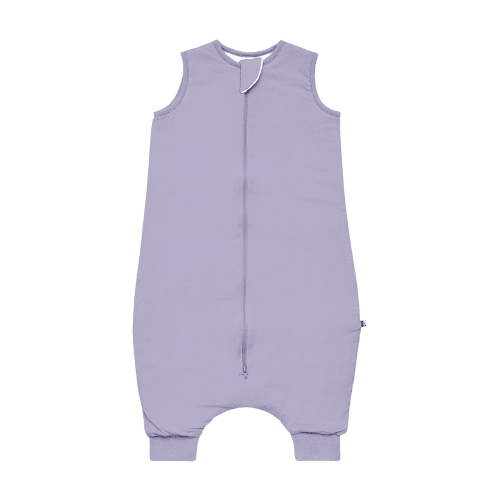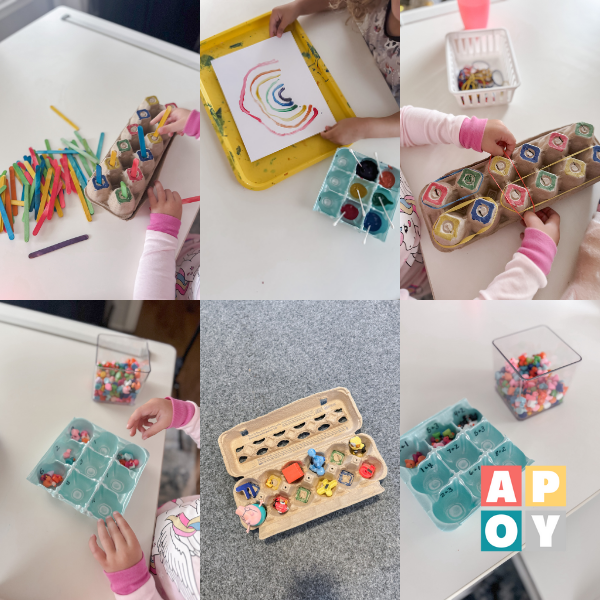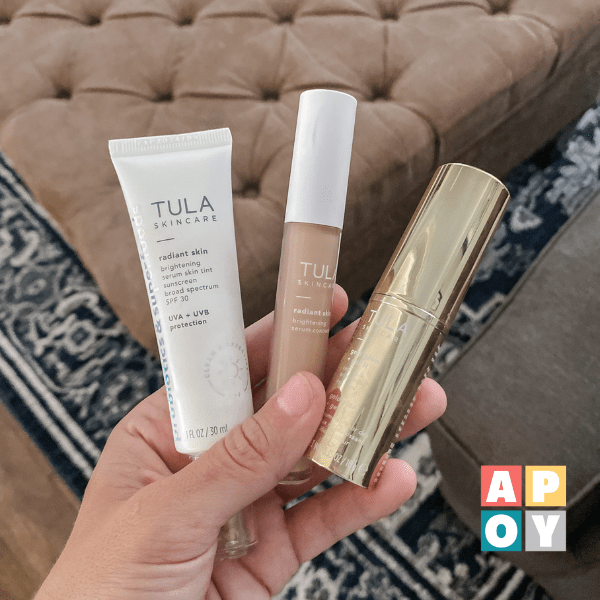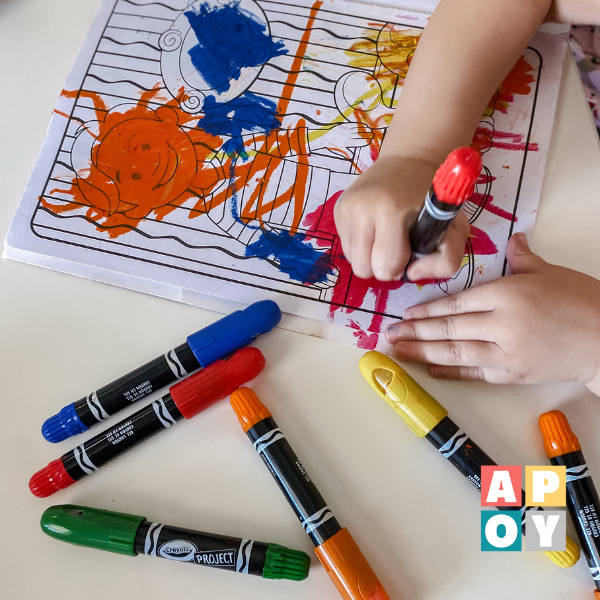The Ultimate Guide to Sleep Sack Progression: From Swaddle to Sleep Bag Walker
Transitioning your baby from a swaddle to a sleep sack? Here’s a simple guide to moving from the Halo Velcro Swaddle to the Love to Dream Sleep Sack and finally to the Kyte Baby Sleep Bag Walker—so your little one sleeps soundly at every stage.
This blog post may contain affiliate links. When you make a purchase through these links, I may earn a small commission, at no additional cost to you. I only recommend products that I genuinely believe can benefit you and your family! Your support helps maintain and improve all things A Pop of You. Thanks so much!
THE SLEEP SACK JOURNEY: FROM SWADDLED TO WALKING
Getting a baby to sleep well is basically the parenting Olympics. You try everything—rocking, white noise, pleading with the universe—only to realize that what your baby wears to sleep actually makes a huge difference. Enter the sleep sack journey, the progression from the snug swaddle days to the walking toddler stage, all designed to keep your little one safe, cozy, and (hopefully) sleeping through the night.
Let’s break it down stage by stage so you can make the right choices at the right time—because no one has the energy to overthink baby sleep at 2 a.m.
STAGE ONE: THE SWADDLE STAGE
(aka, recreating the womb and hoping for longer stretches of sleep)
- Halo Velcro Swaddle: Swaddling is the MVP of newborn sleep. It keeps your baby snug, prevents that startle reflex from ruining a perfectly good nap, and helps them feel secure. The Halo Velcro Swaddle makes this easy—no complicated wrapping techniques, just a simple, adjustable closure that even sleep-deprived parents can manage.
- When to move on: If your baby starts rolling over, it’s time to ditch the swaddle for safety reasons. Most babies hit this milestone between 2-4 months.
STAGE TWO: THE TRANSITION SACK
(because some babies aren’t quite ready to go cold turkey on the swaddle)
- Love to Dream Sleep Sack: Some babies like their arms up, some like them down, and some like to keep you guessing. The Love to Dream Sleep Sack is great because it allows for an “arms up” position, letting babies self-soothe while still feeling secure. When they’re ready, you can unzip the wings to let their arms out gradually.
- When to move on: If your baby starts moving around more in their sleep and enjoys having free arms, it’s time for a full sleep sack.
STAGE THREE: THE CLASSIC SLEEP SACK
(the wearable blanket that keeps them cozy and contained)
- Kyte Baby 1.0 TOG Sleep Bag: Once babies are rolling, sitting, and getting more mobile, a traditional sleep sack is the way to go. The Kyte Baby Sleep Bag is made from the softest bamboo fabric, regulates temperature, and prevents your baby from kicking off blankets all night.
- When to move on: If your little one starts standing up in the crib and looks like they’re ready to take off running the moment their feet hit the ground, you might be looking at the next stage.
STAGE FOUR: THE WALKABLE SLEEP BAG
(because your toddler refuses to be contained)
- Kyte Baby 1.0 TOG Sleep Bag Walker: Once your child is up and walking, they might not love the restriction of a traditional sleep sack. Enter the Sleep Bag Walker, which gives them the warmth and coziness of a sleep sack with the freedom to move. It’s perfect for little ones who like to toddle around before bedtime or insist on “helping” you with the morning routine while still half asleep.
- When to move on: Honestly, some kids will keep using these well into the preschool years. If they’re comfortable and still sleeping well, no rush!
FREQUENTLY ASKED QUESTIONS (AKA: WHAT EVERY PARENT WONDERS AT SOME POINT)
Q: When should I stop swaddling my baby?
A: As soon as your baby starts rolling, typically around 2-4 months. Swaddling past this point can be a safety hazard.
Q: When should I transition to a sleep sack?
A: As soon as you stop swaddling! Some babies are fine going straight to a traditional sleep sack, while others prefer a transition sack first.
Q: When should my toddler switch to a sleep bag walker?
A: Around 12-18 months, when they’re confidently walking and seem frustrated by the lack of leg mobility in a regular sleep sack.
THE BIGGER PICTURE: SLEEP CHANGES, BUT YOU’VE GOT THIS
Navigating the sleep sack journey isn’t just about what they wear—it’s about keeping up with their development, staying safe, and, let’s be honest, doing whatever works to maximize everyone’s sleep. Each transition might feel like a big step, but remember: babies adapt, and so do you.
And if all else fails? Coffee. Lots and lots of coffee.



Hey, I’m Katelyn, the “Achievably Extra” Mom! Join me for creative family fun and practical tips! Let’s inspire each other!




